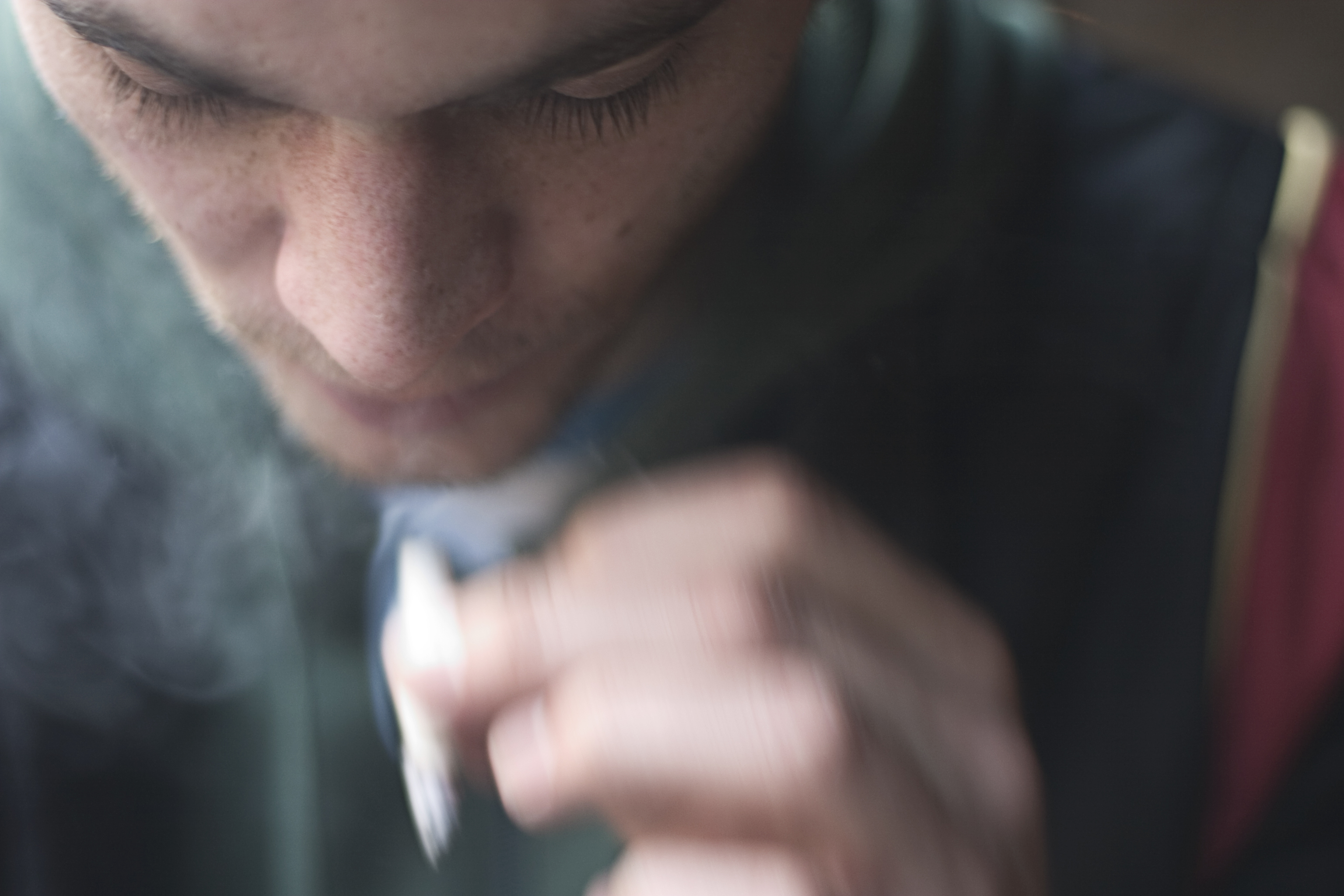Cannabis and You

With the advent of cannabis being legalized, there are bound to be new users. Unlike alcohol, there are no widely circulated guidelines for students to follow. For most users, safe usage is defined by those who introduce them to the substance. Unfortunately, those passing on their knowledge may also pass on their misconceptions. If you find yourself curious about this soon-to-be legal recreational activity and want to learn about safe usage practices and common misconceptions, read on!
Tips For Safe Usage
- Ensure that you are in a safe environment and are free of any responsibilities that require sobriety such as work, school, driving, or other commitments.
- Use cannabis products with higher amounts of CBD (cannabidiol) compared to THC (tetrahydrocannabinol). Products with high THC content are related to increased acute and long-term problems, such as mental health problems and dependence. CBD also attenuates some of THC’s effects.
- Avoid cannabis substitutes such as K2 and Spice, as these synthetic substances have been associated with panic attacks and seizures.
- If using edibles, take a small amount at first and wait at least an hour and a half before taking more. If you don’t think it’s working, keep in mind that edibles are processed
by your body differently, and take much longer to affect you compared to smoking cannabis. - Avoid practices such as deep inhalation and breath holding, as this increases intake of toxic material and damage to the lungs.
- If an immediate family member has a history of psychosis, avoid cannabis entirely as it has been shown to hasten the onset of psychosis if you are at risk of developing it.
Reduce Health Risks
To avoid health complications such as impairment of memory and attention, avoid overly frequent usage (daily or near daily). Additionally, smoking cannabis, while not carcinogenic, is still
detrimental to respiratory health. Alternatives include edibles, as well as vaping, which reduces the amount of smoke inhaled. For any kind of cannabis use, take your consumption slow and keep
it occasional, ensure you know your product, and refrain from mixing cannabis with tobacco or other drugs.
End the Stigma
While it is possible to develop cannabis use disorder (affecting about 9% of people who use cannabis, 16% for those who start as teenagers), it is much less likely than nicotine or alcohol whose estimated risks are 68% and 23% respectively. Nevertheless, those afflicted find themselves unable to control their usage and should not be looked down upon. Calling someone an addict and being unsupportive can only discourage them from reaching out for help. By destigmatizing cannabis use, healthy dialogue can develop.
Sources
- Cannabis dependence, its nature, consequences, and treatment.
- Safer cannabis use: Marijuana, hash, hash oil.
- Canada’s lower-risk cannabis use guidelines.
- Reducing cannabis harms: A guide for Ontario campuses.
